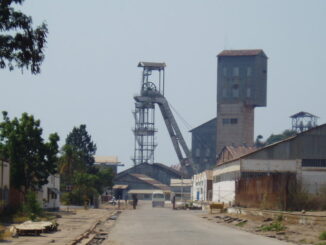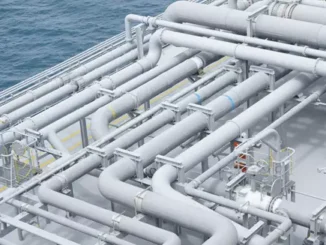
- Anti-fossil fuel policies in the U.S. and Europe have led to lower investment in new projects.
- ExxonMobil CEO Woods: If we don’t maintain some level of investment in the industry, you end up running short of supply.
- Only lowering global energy demand may lead to a situation in which prices will remain under control.
Earlier this week, Morgan Stanley said in a note that all signals for crude all were “flashing tightness”.
The investment bank joined a growing number of forecasters expecting Brent crude to top $100 per barrel before the year’s end, again.
What all these forecasters have in common is that all of them point out a discrepancy between demand for oil, which has remained strong, and supply, which has become increasingly constrained. At a time when governments in the West are making a huge effort to reduce that demand. And supply, too.
For now, they can only claim success in the supply area. And a major contribution to higher prices with that.
When President Biden came into office, his first order of business was to effectively ban oil and gas drilling on federal lands. He later revoked his ban as retail fuel prices began climbing and the White House reconsidered its attitude to local supply of hydrocarbons.
Not that it helped. Not when the whole energy policy of the administration has been oriented against the oil industry. We see the same situation in Europe, where the push against oil and gas is even stronger, and in other parts of the world, as well.
Reuters reported this week, citing Rystad Energy data, that investment in oil and gas on a global scale would only grow moderately this year to $579 billion. That compared to an average annual investment rate of $521 billion for the period between 2015 and 2022, after the 2014 peak, which stood at $887 billion.
Also this week, the Energy Information Administration reported that oil production from the U.S. shale patch was set to decline in October from September after the September average was also forecast to be lower than the average for August.
In fairness, the EIA has been proven too pessimistic in its forecast by the actual production data, with its forecast production decline for August actually turning out to be a modest monthly increase in production. Yet production did indeed decline this month, albeit still quite modestly. The bigger problem is it did not increase in any meaningful way, contributing to global tightness.
Production is not increasing in any meaningful way elsewhere, either, even if we set aside for a moment the Saudi and Russian cut of a combined 1.3 million barrels daily. But demand is still strong, which has led to suggestions from transition campaigners that governments should switch targets and, instead of supply, focus on curbing demand by taxing the use of hydrocarbons.
This state of affairs does not bode well for the future energy security of a world that will consume close to 103 million barrels of crude oil every day this year, according to the latest to forecast peak oil demand, the International Energy Agency.
The chief executive of Aramco, who has been one of the most vocal critics of the transition push as it is being conducted, recently leveled a new dose of criticism at its planners: “The current transition shortcomings are already causing mass confusion across industries that produce and/or rely on energy. Long-term planners and investors do not know which way to turn,” Nasser said at the World Petroleum Congress in Canada.
Exxon’s CEO was more succinct: “If we don’t maintain some level of investment in the industry, you end up running short of supply, which leads to high prices” – a scenario that is currently unfolding in Europe and the United States.
The reason there is no sufficient investment, according to the industry, is the uncertainty caused by the transition agenda of the governments where they operate. Indeed, when you have no clarity of the regulations that your government would direct your way as part of its efforts to fight climate change, investment decisions become even harder than usual to make.
As the executive chair of Canada’a Cenovus told Reuters, “If you want to add 100,000 barrels a day of production, you’re going to spend billions and billions of dollars. In terms of any real meaningful investment in large projects, that’s probably going to have to wait for some more clarity on the government front.”
The situation is even worse for African countries that want to pursue their energy independence by developing their own hydrocarbon resources. Banks and international lenders such as the World Bank and the International Monetary Fund have made it quite clear they would not be lending for oil and gas development.
“We are being intimidated into running away from fossil fuel investment,” the secretary general of the African Petroleum Producers’ Organization, Omar Farouk Ibrahim, said as quoted by Reuters.
Yet Big Oil is still big enough to be able to put some money into new production without too much worry about the future. TotalEnergies recently said it could commit $9 billion to exploration in Suriname. Shell is drilling in Namibia and making discoveries that will require fresh investments to develop.
Whether these new exploration ventures would be enough to make up for lower production in legacy regions is hard to say. Perhaps, if governments really get down to curbing demand, balance could return to oil markets. For a short while. Because people really don’t like to be told how little energy to use.
ENB Top News
ENB
Energy Dashboard
ENB Podcast
ENB Substack



